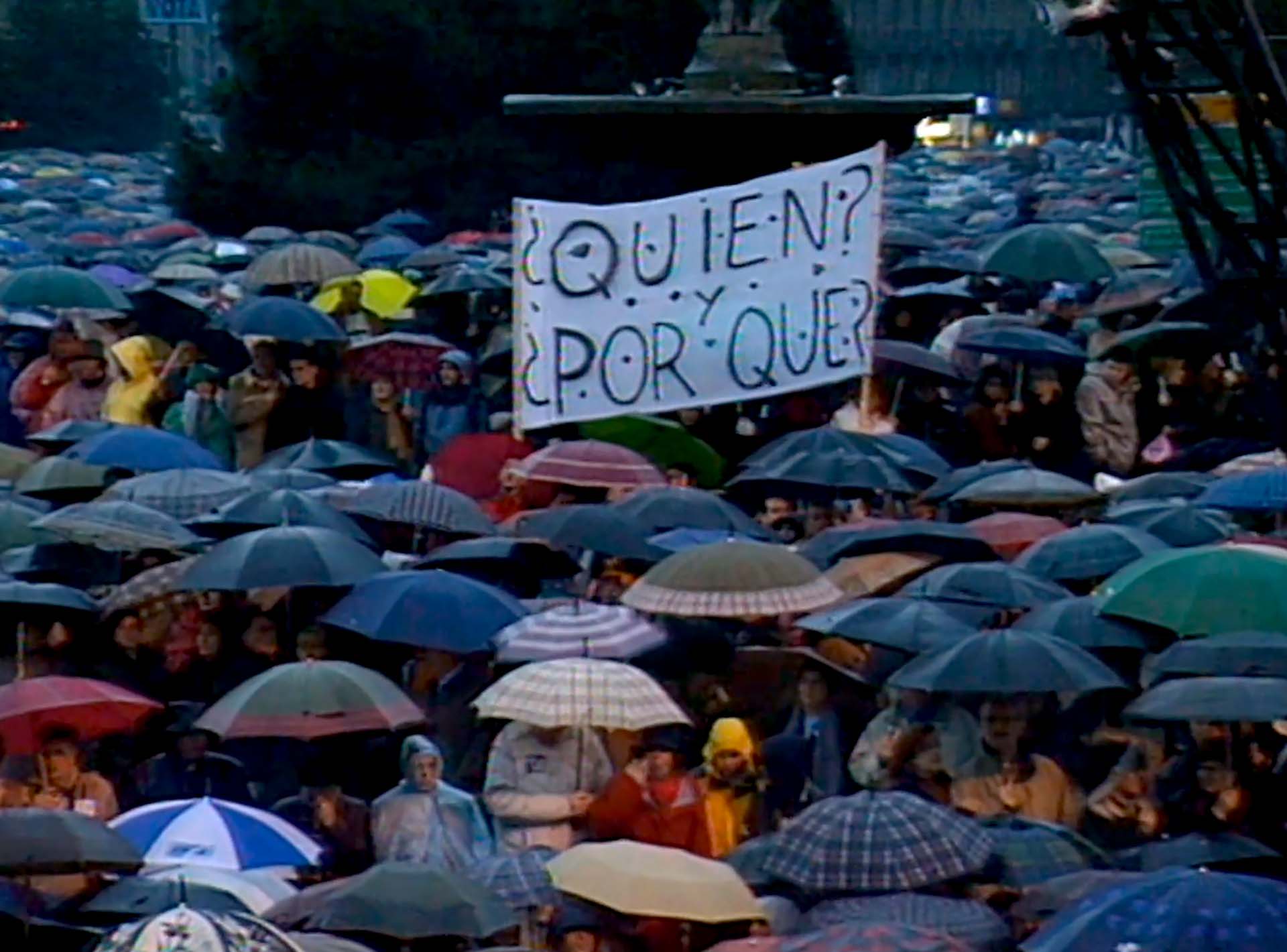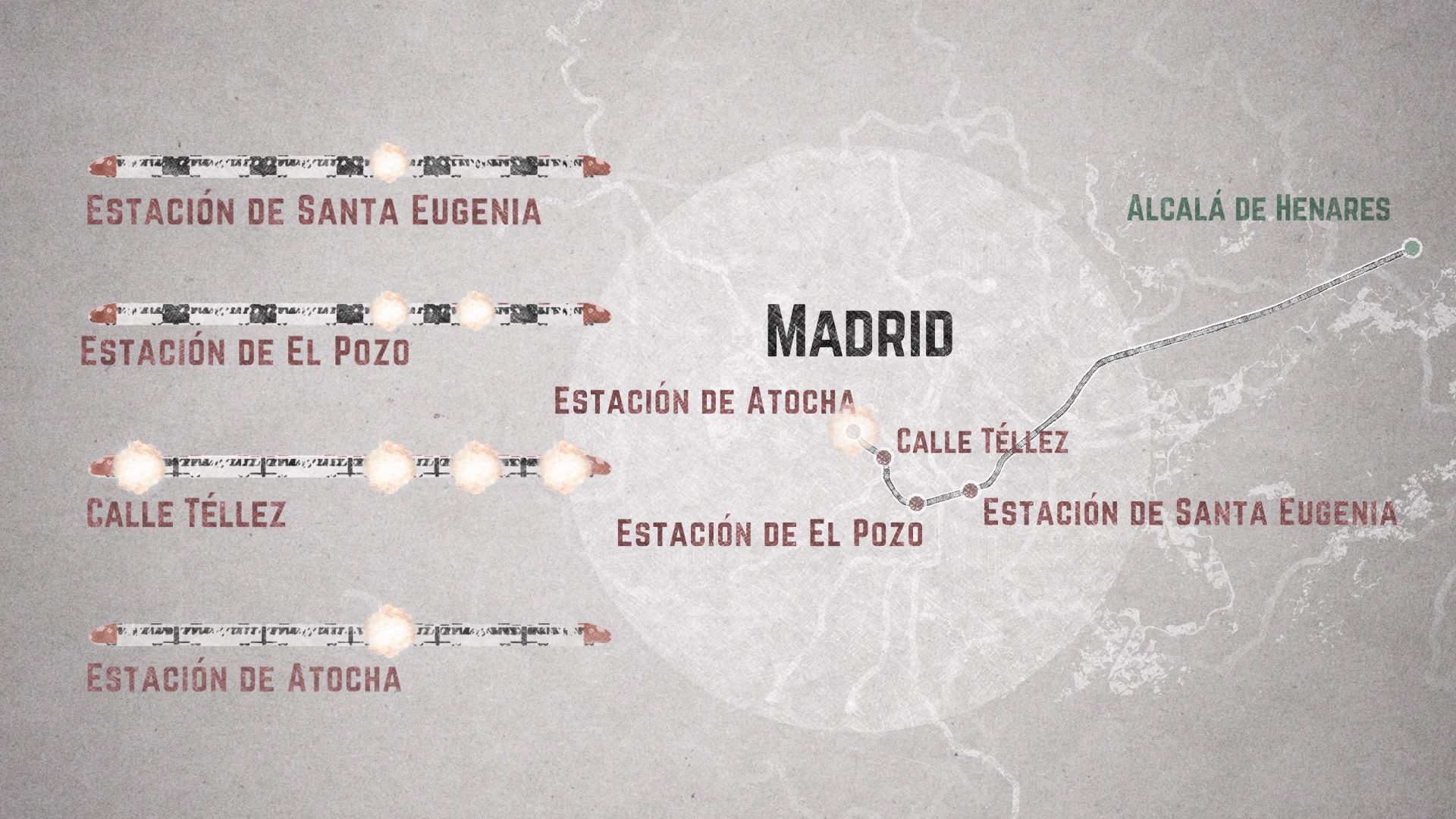
193 dead. Four carriages hit by ten bombs that went off on March 11, 2004 at the Atocha railway station where different trains left in Madrid, Spain. The memory of 9/11 (the attack on the World Trade Center in New York, when the Twin Towers collapsed) came to everyone's mind and the horror was felt raw.
The Netflix documentary, 11M (based on the book 11-M. Al Qaeda's Revenge, an investigation by Fernando Reinares) covers with testimonies of survivors, relatives of victims, journalists and politicians, everything that happened that day. But it also delves into previous topics, how this attack was conceived and what the days after were like.

“In Spain we felt permanently threatened by local terrorism. It was ETA's terrorism”, says José Zarzalejos, director of the ABC newspaper between 1999 and 2004. The fact is that ETA (acronym for Euskadi Ta Askatasuna) was a terrorist group that began to act in the late 1960s with the aim of achieving the independence of the Basque Country from Spain. As a result of their terrorist attacks, there were 800 people who lost their lives over all those years. Fifteen days before the attack, some etarras with explosives had been captured in a van on the way to Madrid. That is why at first they were thought of.
The 11M attack was on a Thursday before an election Sunday in which Mariano Rajoy for the PP (Popular Party) and José Luis Rodríguez Zapatero for the PSOE (Socialist Party) clashed. The president of the government at the time was José María Aznar, a member of the same political party as Rajoy. The government communicated with all the most important newspapers in Spain (El Mundo, El País, ABC, La Vanguardia) and reported that ETA was responsible for the attack. The cards were drawn and political moves were the order of the day. Thus, the attack had become politicized and public opinion began to change its view of what happened.

But had it been ETA? Immediately stronger versions of the responsibility for the participation of jihadist groups began to circulate. The ETA track would fall until it disappeared. According to specialists consulted for this documentary, ETA did not act that way nor did it at that time have the expansive capacity to make an attack like this one. The occupation of Spain in the Iraq war in support of George Bush (who had also been joined by the English Prime Minister, Tony Blair) was a fact that Al Queda was not going to ignore.
The documentary 11M circulates on several paths. On the one hand, the political question, the post-attack confrontation, the mistake of having held ETA responsible and so on. On the other hand, there is also the role of journalism and how it was uploaded to the version issued by the government. And, perhaps, the most heartbreaking of all, is the path of the survivors and that of the families of the victims. There, through tears and heartbreaking stories, the horror of innocent people who were about to go to work one day like any other, but who were marked forever.

11M invites us to remember the horror we experienced and also works as a tribute to the 193 victims and those who survived, but lived the most traumatic experience of their lives.
KEEP READING:
Últimas Noticias
Debanhi Escobar: they secured the motel where she was found lifeless in a cistern

The oldest person in the world died at the age of 119

Macabre find in CDMX: they left a body bagged and tied in a taxi
The eagles of America will face Manchester City in a duel of legends. Here are the details

Why is it good to bring dogs out to know the world when they are puppies




